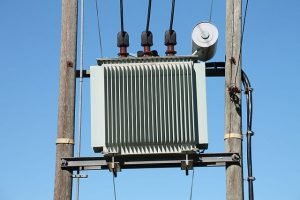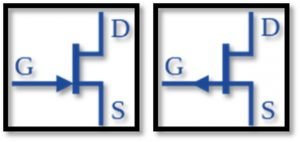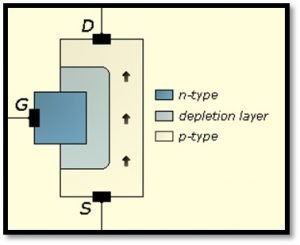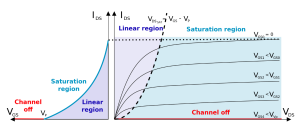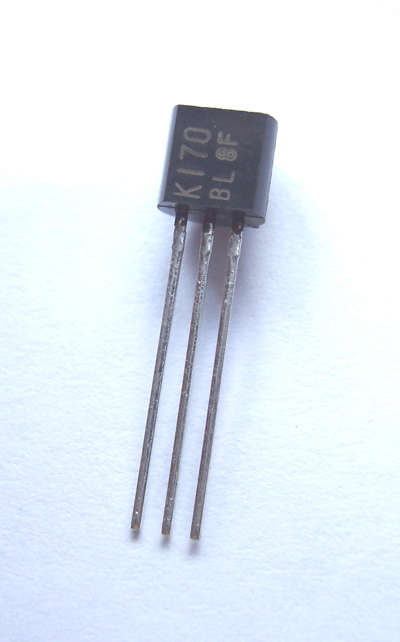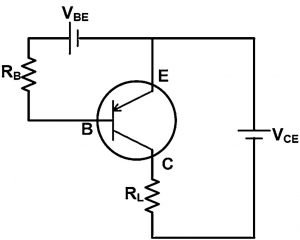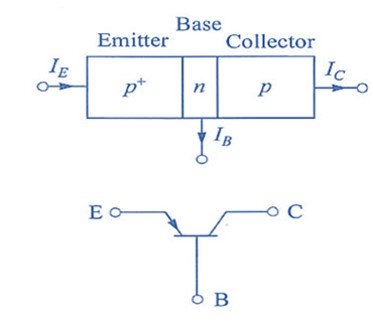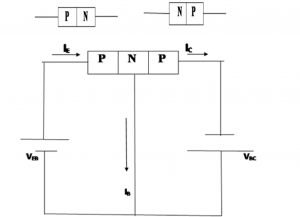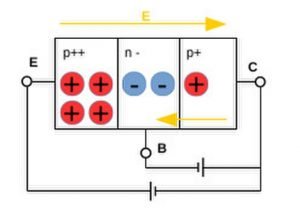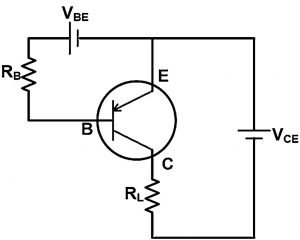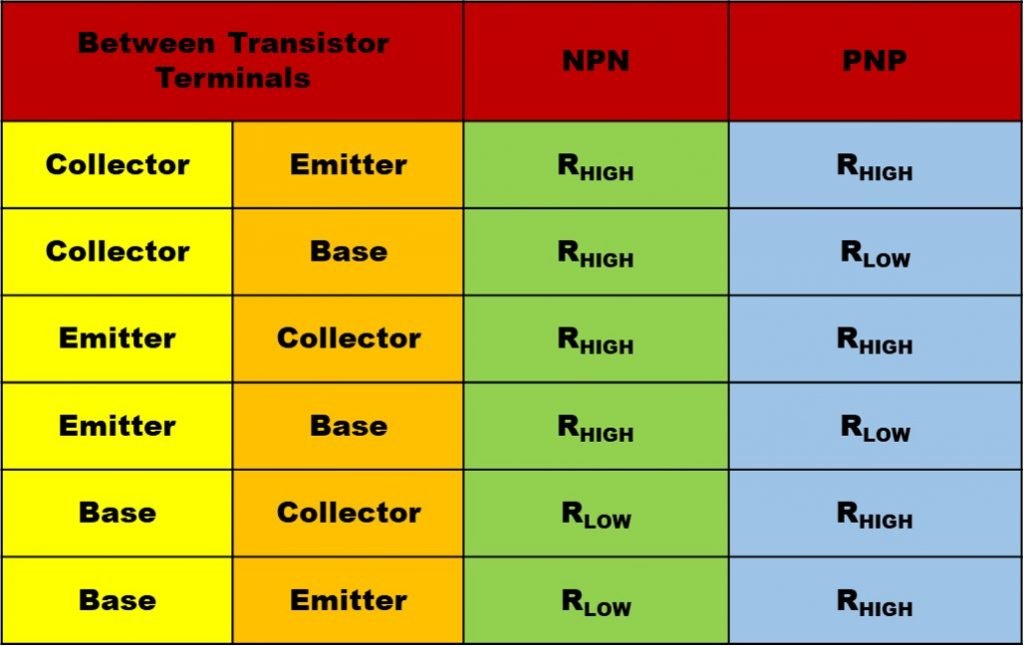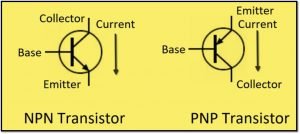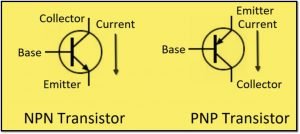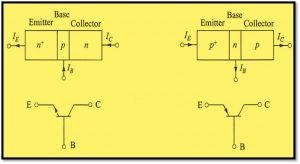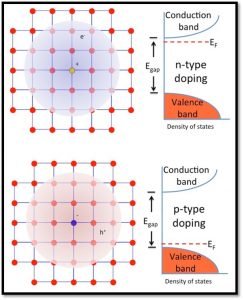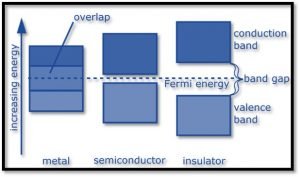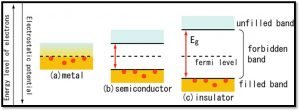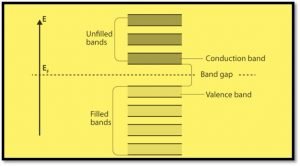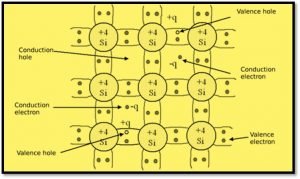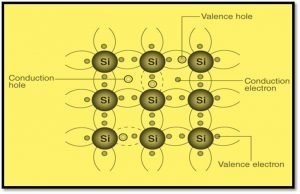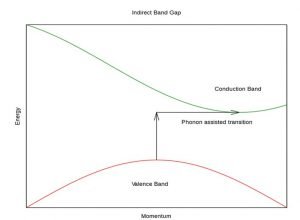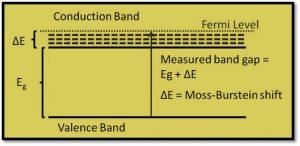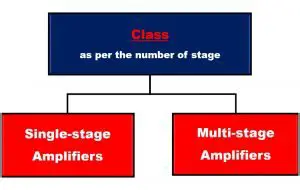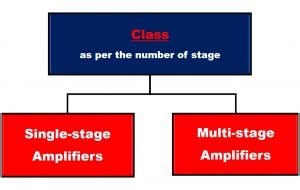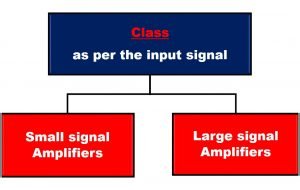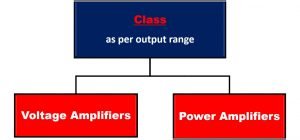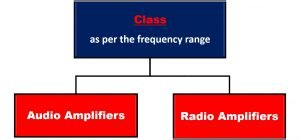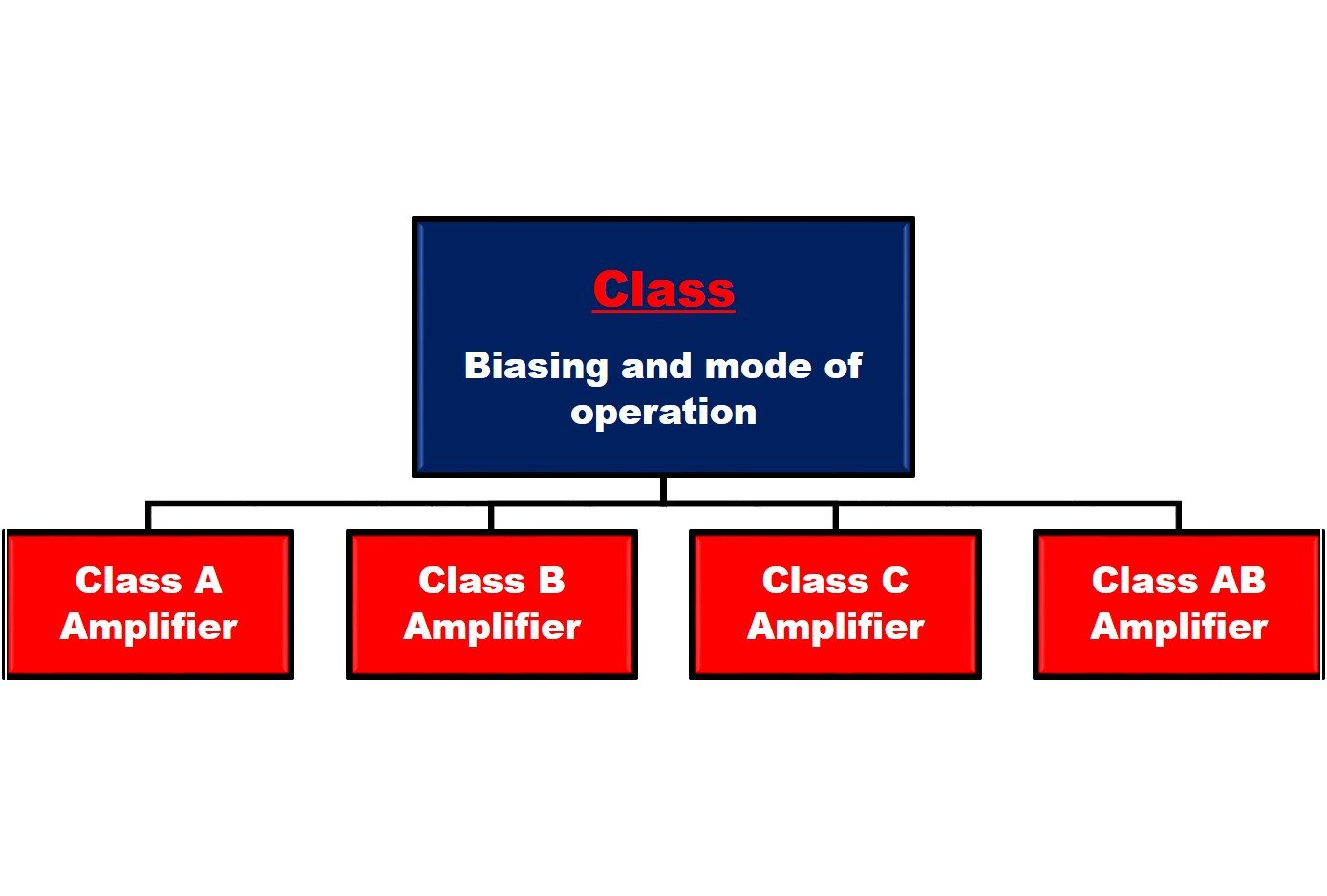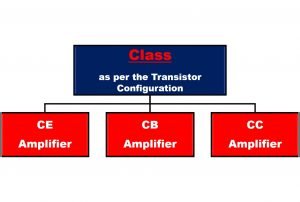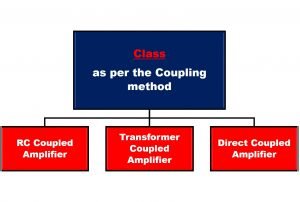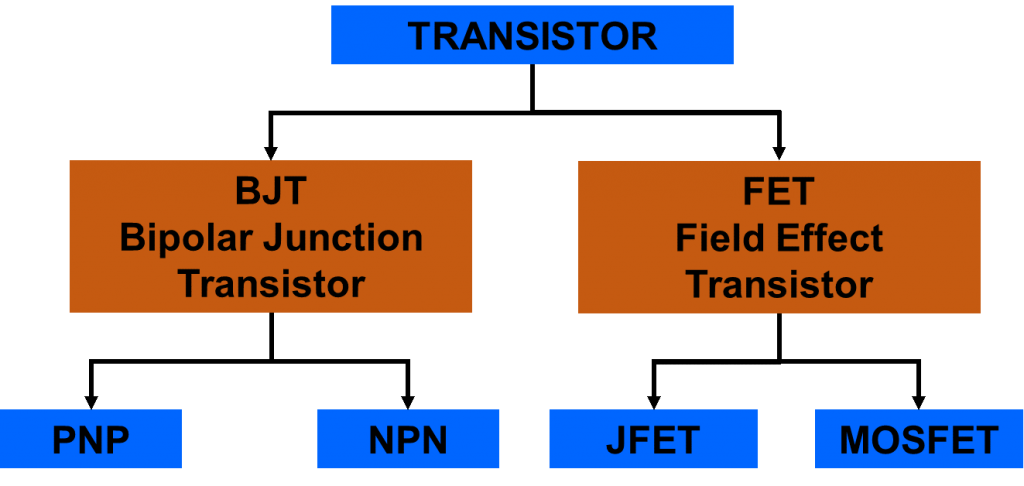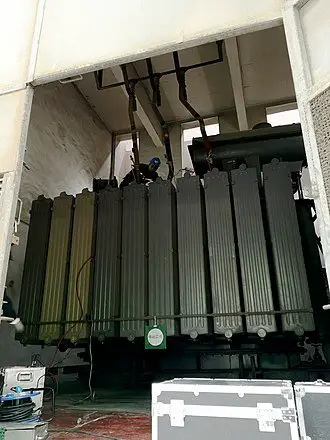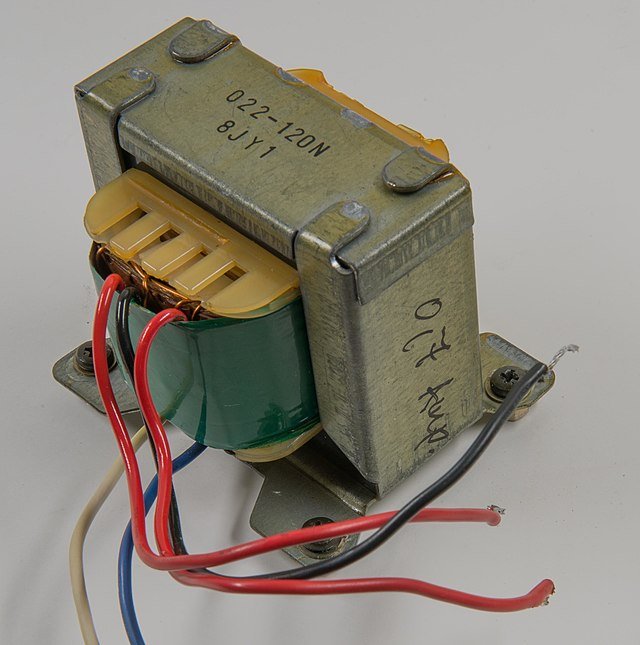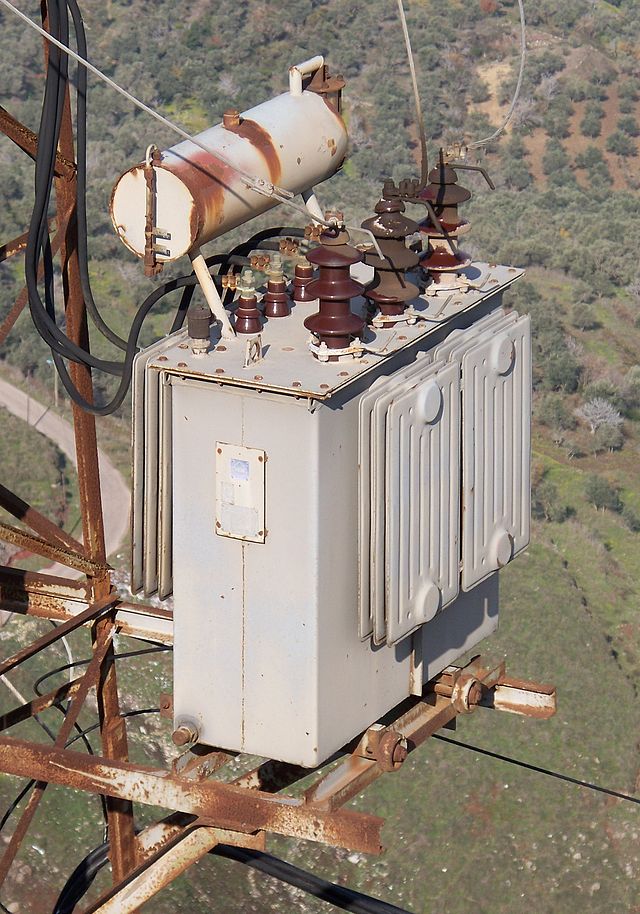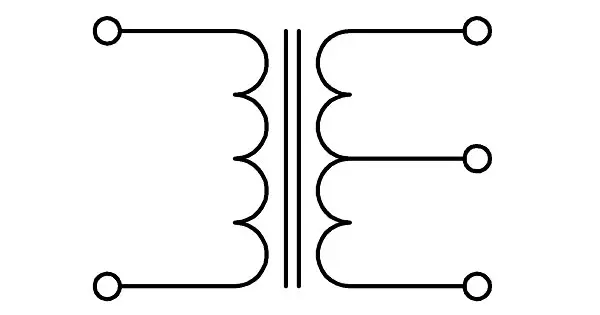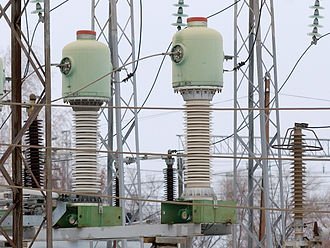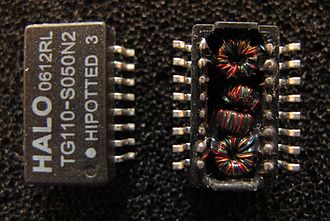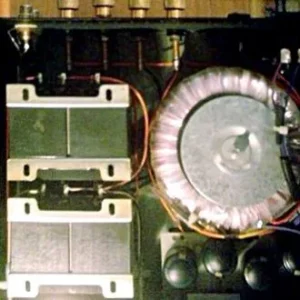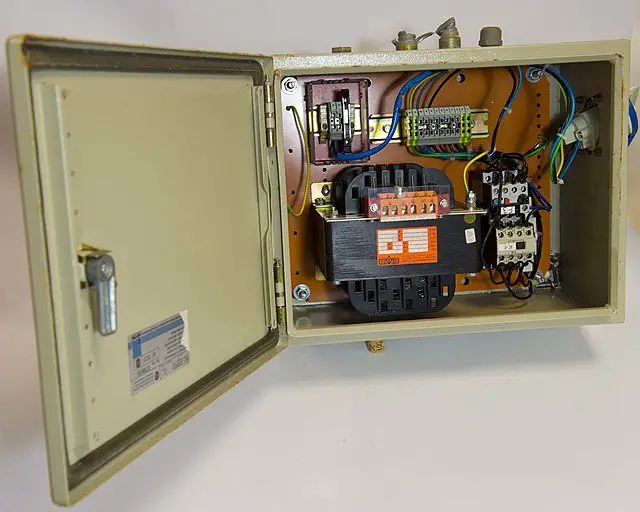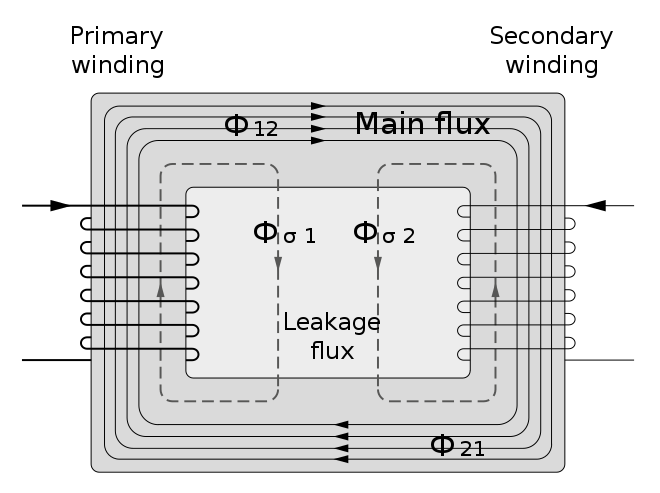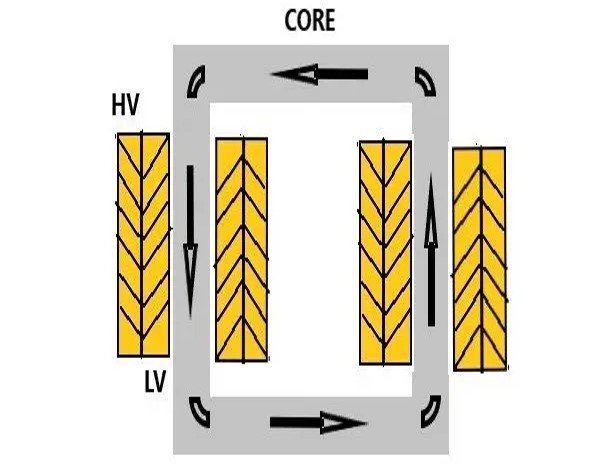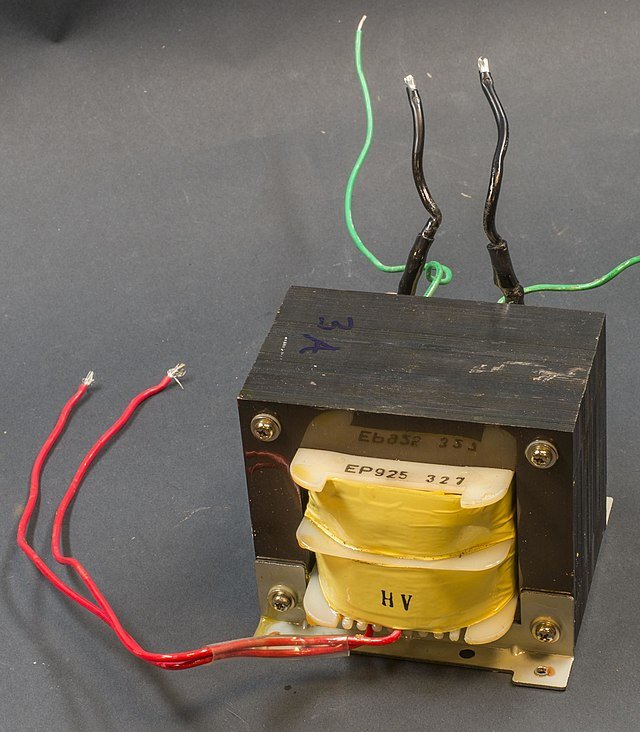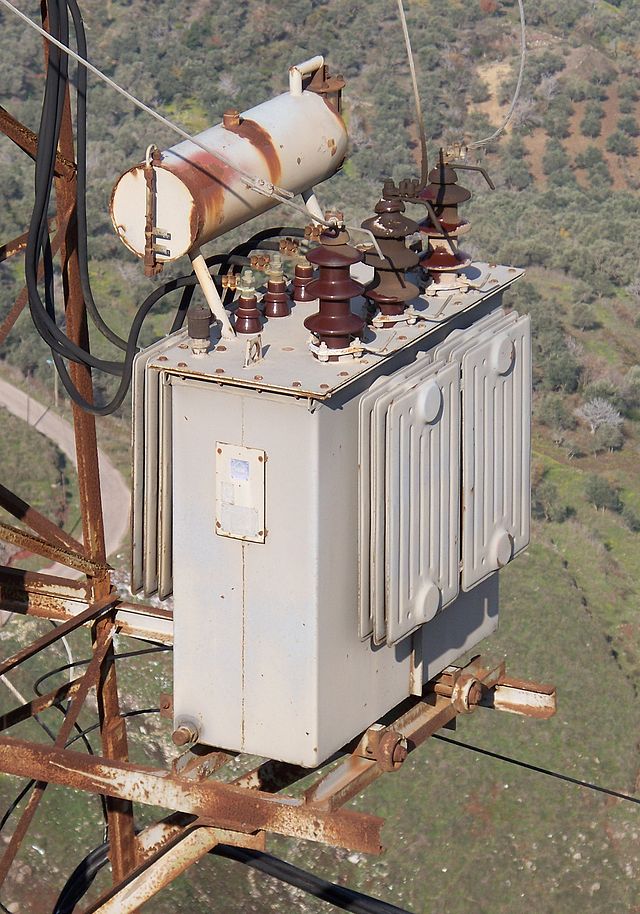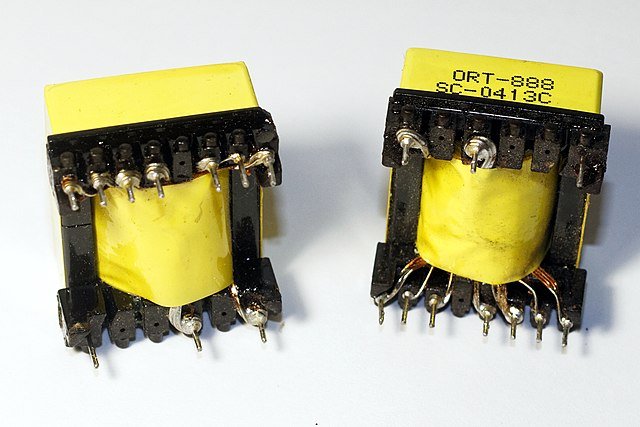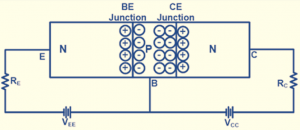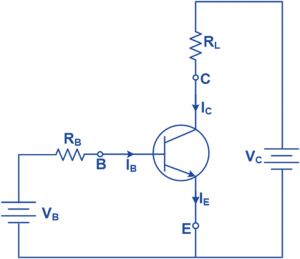- Power transformer definition
- Power transformer design
- Power transformer diagram
- Power transformer rating
- Power transformer losses
- Power transformer efficiency
- Power transformer application ( in a substation)
- Power transformer maintenance
- Power transformer failure
Power transformer definition
A typical transformer can be defined as “A device that transfers electrical energy between electrical circuits.” It is a passive and static device. A power transformer is one of its kind. Power transformers are used to interface step down and step up voltages in the power distribution system.
A typical power transformer has a life span of around 30 years.
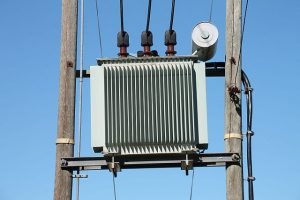
Power transformer Design
A typical transformer consists of parts –
- A. Metallic core
- B. Two windings made up of coils
A power transformer has the same components as a normal one. Additionally, it has a cooling system and a metallic skeleton, which is laminated with sheets. Depending on the core structure, a power transformer may be either shell type or core type. This may also be three-phase or single phase-type. A three-phase can be made from three single-phase transformer.
Primary and secondary windings are wrapped using conductors either from inside or from outside the core. Single-phase and three-phase both the transformers need ‘bank’ to place the windings. If we use three single-phase transformers, then it is necessary to identify each bank isolated from others. If one of the banks fails, then also the transformer will ensure continuous service. But in the case of a single three-phase transformer, it won’t work if a bank fails.
All these settings with the core are kept inside a skeleton. The skeleton is absorbed inside a fire-protected oil. The oil both does the job of isolation and cooling. There is busing (isolators), which allows the conductor to do their job without interfering with the outer structure. Transformers need a cooling device too. A fan or some other process may serve the process.
Power transformer Diagram
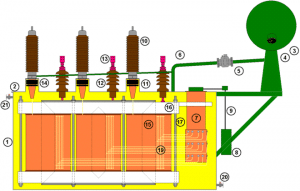
Power transfer rating
Transformers are rated based on the power it can deliver to the load. If a transformer gives 5 volts and 4 amperes current as output, then the transformer’s rating will be 5*4 = 20-volt ampere. That’s why transformers are rated in Volt – Ampere (VA) or Kilovolt – Ampere (kVA). It usually work for higher voltages and are rated in kilovolt ampere.
A power transformer is a costly part of a distribution system. If the power rating isn’t done correctly, then the transformer may be burnt out. So, it is necessary to rate a power transformer accurately. The current value can be calculated using the diameter of the coil of the windings. The voltage can be calculated using the number of turns or using the turns ratio.
Power transformer losses
A power transformer suffers loss as it is not an ideal transformer. A transformer loss means loss of power. Losses of the transformer can be divided into four categories. They are –
- A. Core Loss / Iron Loss (Hysteresis Loss & Eddy Current Loss)
- B. Dielectric Loss
- C. Copper loss or Ohmic Loss
- D. Stray Loss
A. Core Loss / Iron Loss:
These losses are also termed as “No Load Losses”. This transformers suffer such losses whenever it is plugged in with power even it has no load connected with it on the secondary side. These types of losses are constant and do not fluctuate. Iron loss is also of two kind –
- a. Hysteresis losses
- b. Eddy current losses
a. Hysteresis losses:
- An alternating magnetizing force occurs inside the core of the transformer. Due to the magnetizing leverage, a hysteresis loop traced out and power dissipated in the form of heat. Hysteresis losses cause a 50% to 80% no-load loss.
Ph = η * Bmax * n * f * V
Ph = Hysteresis Loss
η = Steinmetz hysteresis coefficient
Bmax = Maximum flux density
n = Steinmetz exponenet
f = frequency of magnetic reversals per second
V = volume of magnetic material
b. Eddy Current Loss:
- Eddy current loss occurs due to Faraday’s law of induction. An emf is induced in the core circuit due to the magnetic flux. This emf cause flow of current through the core structure as it is made up of iron. This current is known as Eddy Current. Eddy current is not useful for working in this circuit. So, the power loss due to this current is known as eddy current loss. Eddy current losses are accountable for 20% to 50% no-load loss.
The loss is given by –
Pe = Ke * Bmax2 * f * V * t2
Pe = Eddy Current loss
Ke = Eddy current constant
Bmax = Maximum flux density
f = frequency of magnetic reversals per second
V = volume of magnetic material
t = magnetic thickness
B. Dielectric Losses:
- Insulators placed inside transformers are the reason behind this loss. It is not a significant loss and contributes 1% of the total no-load losses.
C. Copper loss or Ohomic loss:
- This type of loss in a power transformer can be called Load Losses as transformers suffer this type of loss due to short circuit conditions or when connected with the load. The resistance of the wire’s windings is the source of this loss. As most of the cables are made up of copper, the loss is named after that.
D. Stray Loss:
- This loss occurs due to the leakage flux. The leakage flux depends on several parameters like – winding’s geometrical structure, the tank’s size, etc. Changing these parameters can also reduce loss. It is a negligible loss.
There are some other losses too. One of them is Auxiliary losses. The cooling system of the transformer causes this type of loss. Also, imbalanced and distorted power results in some extra losses.
Power Transformer Efficiency
The efficiency of an Electrical device is given as the ratio of output power to the input power. It is given by – η.
η = Output / Input * 100%
In a practical scenario, a transformer has losses, as mentioned earlier. This loss is numerically equal to the difference between the Input power and Output power, that is –
Loss = Input Power – Output Power
Or, Output Power = Input Power – Loss
Now, efficiency can be written –
η = (Input Power-Loss) / Input Power * 100%
η = 1- (Loss / Input Power) * 100%
It can also be written as –
η = (V2I2Cosϕ / ( V2I2Cosϕ+ Pi+ Pc ))* 100%
Where,
V2 = Secondary voltage
I2 = Secondary current
Cos ϕ = Power Factor
Pi = Iron Loss / Core Loss
Pc = Copper Loss
A large power transformer can achieve efficiency by up to 99.75%, and a small one can achieve efficiency by up to 97.50 %. If a power transformer’s efficiency stays in a range of 98 to 99.50%, it will be considered good.
The need for power is increasing by leaps and bound. In the case of the distribution of power, a power transformer is one of the essential tools needed. Though these are designed for higher efficiency, the need is high for more efficiency with a concern towards the environment and reduced usage of power. The reduction of losses is the way towards this goal.
Power transformer Application (Power transformer in a substation)
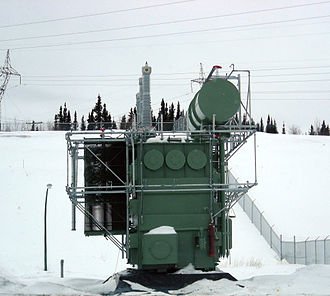
Transformers are one of the essential and most incredible innovations in the field of Electrical Engineering. Power transformers have the most use in the power distribution system. Some of the applications are –
- Power transformers are used in power generation and distribution systems.
- Power transformers are used in Sub-stations. A substation transforms higher electrically voltages to lower voltages, and a power transformer does this work. these are the most critical device of a power substation.
- To reduce power losses in power transmission. Transformers help to minimize power, and thus electricity can be supplied throughout the areas.
- To step up and step-down voltages as per the need.
- Power transformers work continuously, ensuring supply for 24 * 7. Thus, when we need to do always, a transformer can be used.
- These are also find application in Earthing transformers, isolation transformers.
Power transformer maintenance
Power transformers are expensive, bulky, and an essential part of a power distribution system. So, a transformer needs a high quality of maintenance. Maintenance can be two types – a daily basis and at the time of emergency. Regular maintenance is highly recommended for this type of transformer, which is placed in a substation. Some maintenance types are given below –
Regular Maintenance:
- Checking of oil level
- To keep the oil level at the desired level.
- To seal up leakage if any detected.
- To replace the silica gel if the colour changes to pink.
Monthly Maintenance:
- Oil level to avoid damage.
- To check up the bushings.
- Cleaning of the skeleton.
Half Yearly Maintenance:
- To check the IFT, DDA, flashpoints.
- To check acidity, water content, and dielectric strength.
Annual Maintenance:
- Check the condition of the oil—the situation in terms of moisture content and dielectric strength.
- To check up on all alarm and control switches.
- Measuring and checking the earthing connection.
- Checking of bushings and cleaning them up.
- To check a press release device.
Power transformer failure
A typical electrical transformer is quite complex in its circuitries. A power transformer is more complicated as it has some additional elements. A transformer fails by burning out or shut down of a transformer. A transformer’s failure may occur due to several reasons. Mechanical faults, periodic maintenance, natural calamity like lightning may lead a transformer to destruction.
- Transformers generates heat during operation. If there are low-quality material for isolation, then the generated heat would lead towards burning.
- Overloaded condition is another cause for transformers.
- Old transformers can cause failure. Mechanical faults are prominent for old transformers.
- If the oil’s moisture content fluctuates from the rated values, that may also lead to failure.
The power failure may be prevented by doing regular maintenance. Information based on previous failures also helps to detect signs of a power failure before the incident occurs.
To know more about transformer click here
